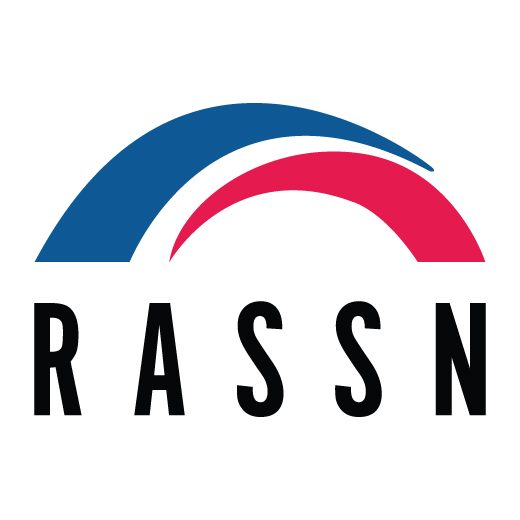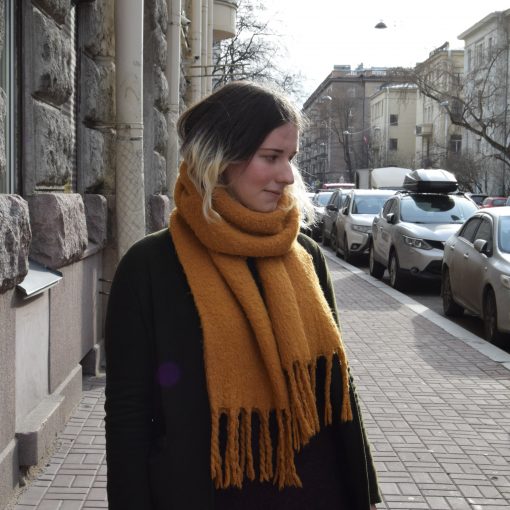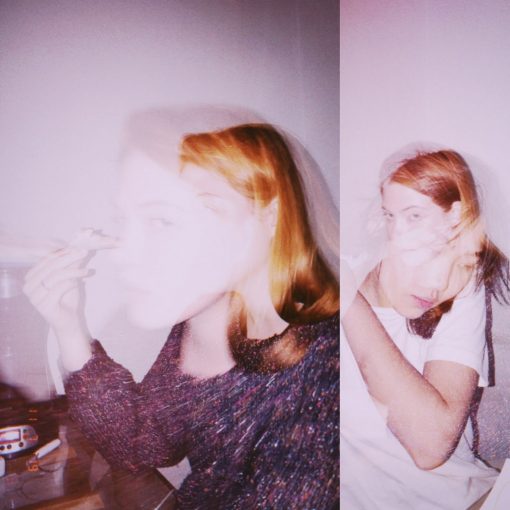Mike Guercio doesn’t just love his neighborhood, he is attempting to embody it. A near life-long resident of Buffalo’s lower west side, he isn’t looking for his neighborhood to change.
“So, I grew up and I learned my culture, the Sicilians, and then Hispanics and African-Americans started moving in, and I was able, which I consider a blessing, to immerse myself into other cultures and that, is what I consider the West Side now.”
Mike’s love for his community stems from this specifically, change and diversity. Initially a neighborhood for Irish immigrants, Buffalo’s lower west side has experienced a great deal of change in its history. Initially the location of the sprawling William G. Fargo Mansion, the immediate areas of Fargo Ave & Jersey St. have been known for their diversity and evolution, yet as the city of Buffalo enjoys a period of growth and success, Mike wonders if it’s coming at the cost of their community’s identity.
“I feel that that’s like probably a problem all over America, it’s definitely a problem here.”
Community displacement is a growing issue in the United States and it is commonly the result of gentrification. Gentrification is the reinvestment in a community with the goal to raise property values and an increase in amenities available in the area.
A 2018 study by NCRC found that three out of four neighborhoods marked “hazardous” by HOLC surveyors in the 1930s are still struggling economically, with lower incomes and higher proportions of minority residents. What this means is communities that have struggled historically have been for lack of better words, left out to dry. Gentrification is an issue that is typically triggered via a certain set of circumstances. When a neighborhood has been left without specific assistance and aid, and it is still considered ‘hazardous’ Gentrification becomes seemingly inevitable.
It is important for communities to become aware of the results of their actions. As Mike looks to be a part of the positive changes in his community it is frequently at the community level where this impact can be felt the most. “Maybe that’s something I could start. Getting a neighborhood club or something, that involves different cultures, and talking about stuff like that.”
Alain Pierre-Lys, Lauren Cox, and Alliyah Dookie




